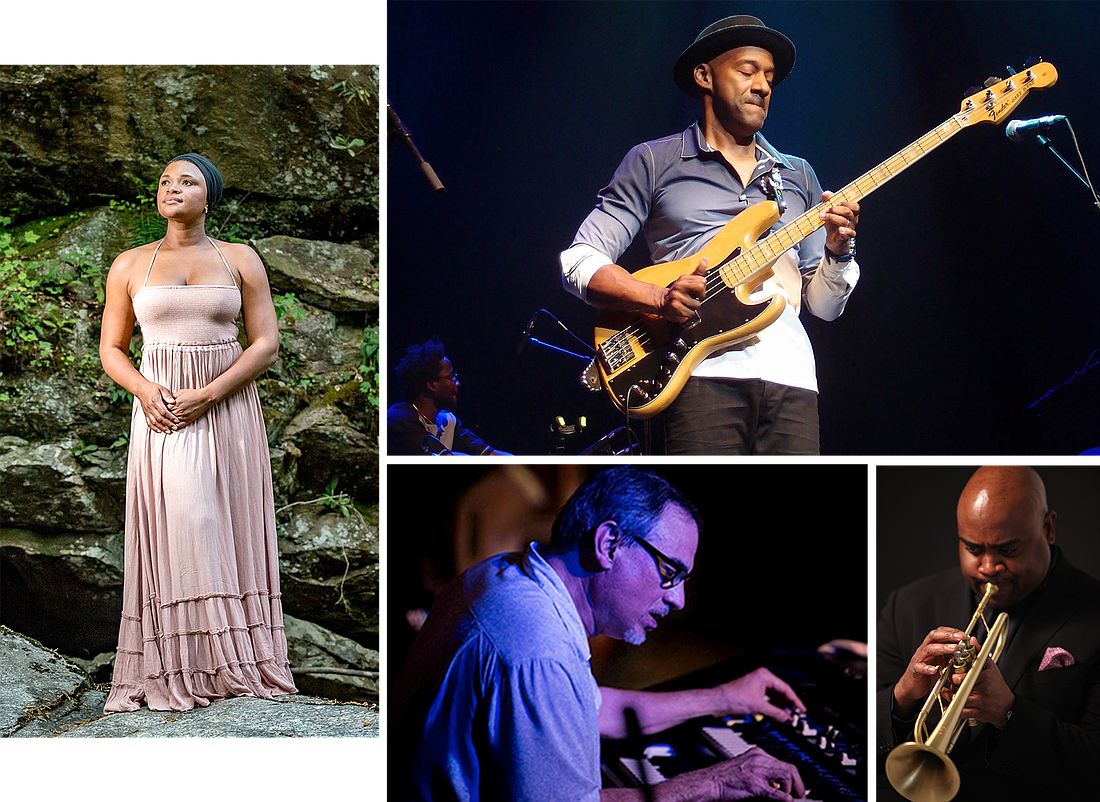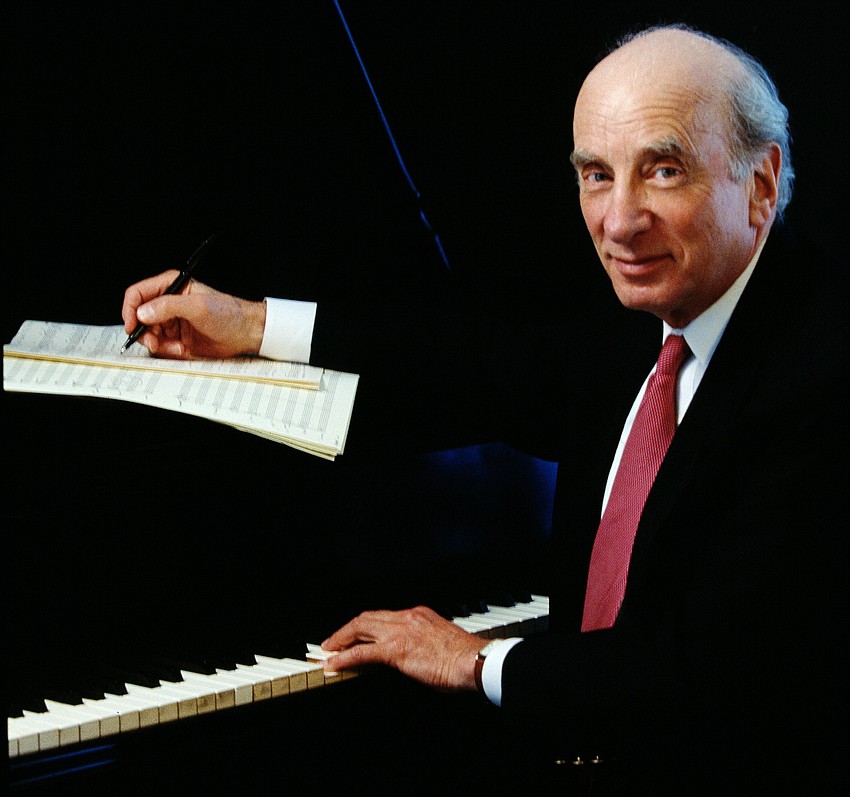- July 26, 2024
-
-
Loading

Loading

It all started in the late ’70s, when a group of transplanted New Yorkers would gather in a Sarasota apartment and listen to jazz records. They were hosted by Hal Davis, a retired ad executive and one-time publicist for Benny Goodman, and his wife, Evelyn. Word circulated quickly, and soon the meetings moved to larger spaces. Davis and his cohorts saw an opening to form an official organization, and in 1980, the Jazz Club of Sarasota was launched.
They were just getting started. An irrepressible promoter, Davis used his New York connections to lure prominent musicians to come down to the warm and sunny west coast of Florida, and in 1981, the Sarasota Jazz Festival was birthed. The three-day inaugural event was held at Holley Hall in the Beatrice Friedman Symphony Center.
The festival has endured for 42 years, experiencing exhilarating peaks and a few worrisome valleys. A half-decade ago, the Jazz Club’s dues-paying membership — a key driver of festival attendance — had dwindled to 430, down from as many as 2,500 during the glory days of the 1980s. As of last August, the rolls had risen to 900, and club President Ed Linehan expected that number to surpass 1,000 by the end of 2022.
This year’s festival runs March 13-18 at Nathan Benderson Park. The venue, a big top tent, will be arranged to seat roughly 1,400 concertgoers. The main tent shows will feature an array of nationally recognized talent.
First-time Program Director Terell Stafford, a successful trumpeter and bandleader and director of jazz studies at Temple University in Philadelphia, has crafted a formidable lineup that sees jazz through a wide-angle lens. This includes the long-time festival mainstay, world-acclaimed pianist and composer Dick Hyman, along with jazz-funk bassist Marcus Miller as well as the contemporary-minded vocalist Lizz Wright. Saxophonist Paquito D’Rivera covers the Latin side, and pianist Christian Sands represents a new era in an enduring jazz form: the piano trio.

“If all (jazz) genres are represented, that encourages more people to come and be a part of it,” Stafford says. “Part of my investment is getting young people out to hear and enjoy the music.”
Expanding the programming’s stylistic parameters has been underway for a while, more aggressively during the five-year tenure of Linehan, a Connecticut transplant. “My general attitude is that you’re either growing or dying,” he says. “There’s no standing still. We are not letting go of the past, but we are adding more contemporary sounds. Let me be clear about this: We are staying under the broad definition of jazz and not including completely different genres of music.”
The Sarasota Jazz Festival’s four-decade run is no small feat. The 2000s have seen a few prominent jazz festivals fold and many more contour their programming towards blues, R&B and rock to draw larger crowds, sometimes just to stay afloat. An apt example of that can be found 50 miles north, where the Clearwater Jazz Holiday has all but dropped jazz from its three-day schedule. The Sarasota Jazz Festival, by contrast, has stayed true to its name. The early years were largely devoted to the swing era music beloved by Hal Davis and his friends. Around that time, a significant number of jazz musicians who were getting on in years sought more temperate climes and earmarked Sarasota as a good spot. A synergy developed between the musicians and the Jazz Club, and that helped entrench the festival’s programming.
In the 1980s, the music presented at the festival honored such early jazz legends as Louis Armstrong, Duke Ellington, Count Basie, Benny Goodman and Eubie Blake. The silver-haired set in Sarasota provided enthusiastic support, so much so that the event set up shop in the 1,700-seat Van Wezel Performing Arts Hall for several years.
But such a focus on classic forms was unsustainable, so the festival slowly began to stretch its definition of jazz to include more modern artists. Probably the biggest stretch came in 2005 with the booking of Kenny G, at the time the most popular instrumentalist in the world and a figure widely reviled by stalwart jazz fans. Including the pop-jazz saxophonist on the bill caused an internal kerfuffle over musical integrity and alienated a coterie of hardcore fans. But the show quickly sold out and the mini controversy faded. However, “some people are still talking about it,” muses Bob Seymour, the former jazz director for WUSF-FM (89.7), whom the Jazz Club honored as a lifetime board member.
These days, the inclusion of pop-leaning jazz artists to the SJF lineup is no longer a shock to the system. But, as Seymour says, jazz “is never an easy sell,” so just broadening the programming can’t be fully responsible for the festival’s four-decade run.
“I think Sarasota has a special vibe for people interested in the arts,” Seymour says, explaining the festival’s ongoing appeal. “It has supported an opera house, a ballet, an orchestra. Right from the beginning, Hal (Davis) stressed that the Jazz Club of Sarasota should be in the mix, should have a seat at the table when the powers that be were talking about arts in the community.
“A good scene for the arts carries over into the jazz community — and a good jazz scene certainly contributes to the arts community.”